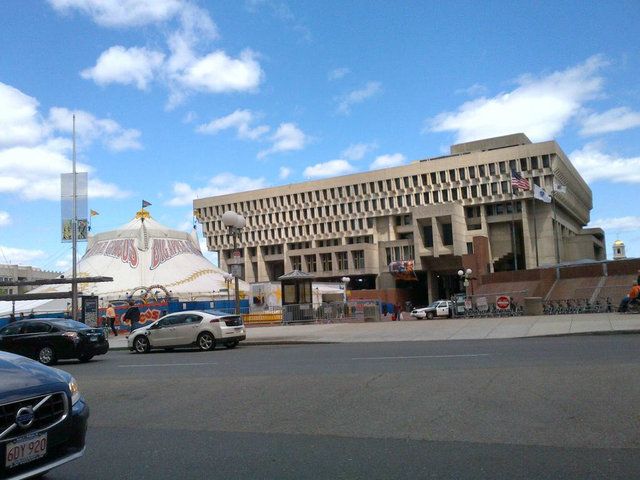Charlie_mta
Senior Member
- Joined
- Jul 15, 2006
- Messages
- 4,573
- Reaction score
- 6,509
Roosevelt Towers housing project in East Cambridge?



Roosevelt Towers housing project in East Cambridge?



What a difference 10-ish weeks makes......here's my home vista from early February:

And here it is at sunrise yesterday:

Boston needs a higher ratio of Tudoresque apt. buildings (like the one in Allston above) to triple deckers.
Obviously the Back Bay's architecture is beautiful, but it's not really a vernacular that spread (or was ever practicable) in Boston's "outer boroughs", as opposed to the brick apartment buildings in Allston.
I wonder if one of our resident historians can illuminate why Allston seems to have a greater percentage of brick apartment buildings than, say, Dorchester, Roxbury, or Mattapan.
I wonder if one of our resident historians can illuminate why Allston seems to have a greater percentage of brick apartment buildings than, say, Dorchester, Roxbury, or Mattapan.
The massive swath of housing projects + deadzone from Mass Ave in the South End all the way to Dudley Square used to be brick apartment buildings. In a documentary someone probably posted here, a longtime Roxbury resident mentioned that Cunard St used to be "downtown Roxbury" during its heyday. That's pretty much incomprehensible to me, now.
Obviously this pattern didn't extend down into Dorchester and Mattapan, but one can imagine how differently we would perceive Boston's size if those neighborhoods hadn't been razed.
Clown Hall.

